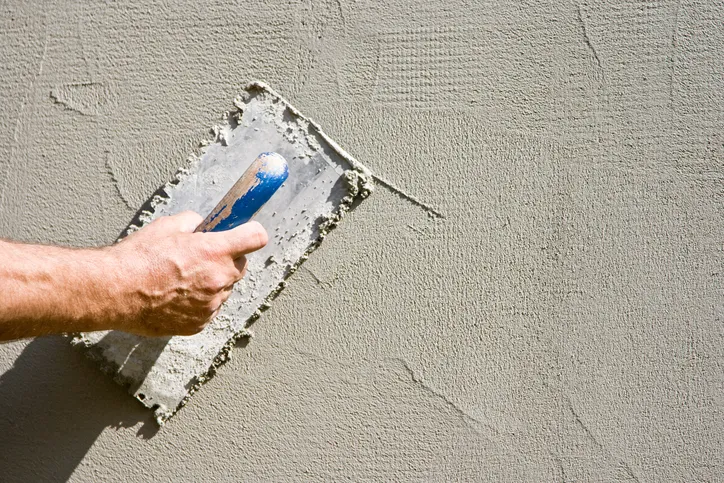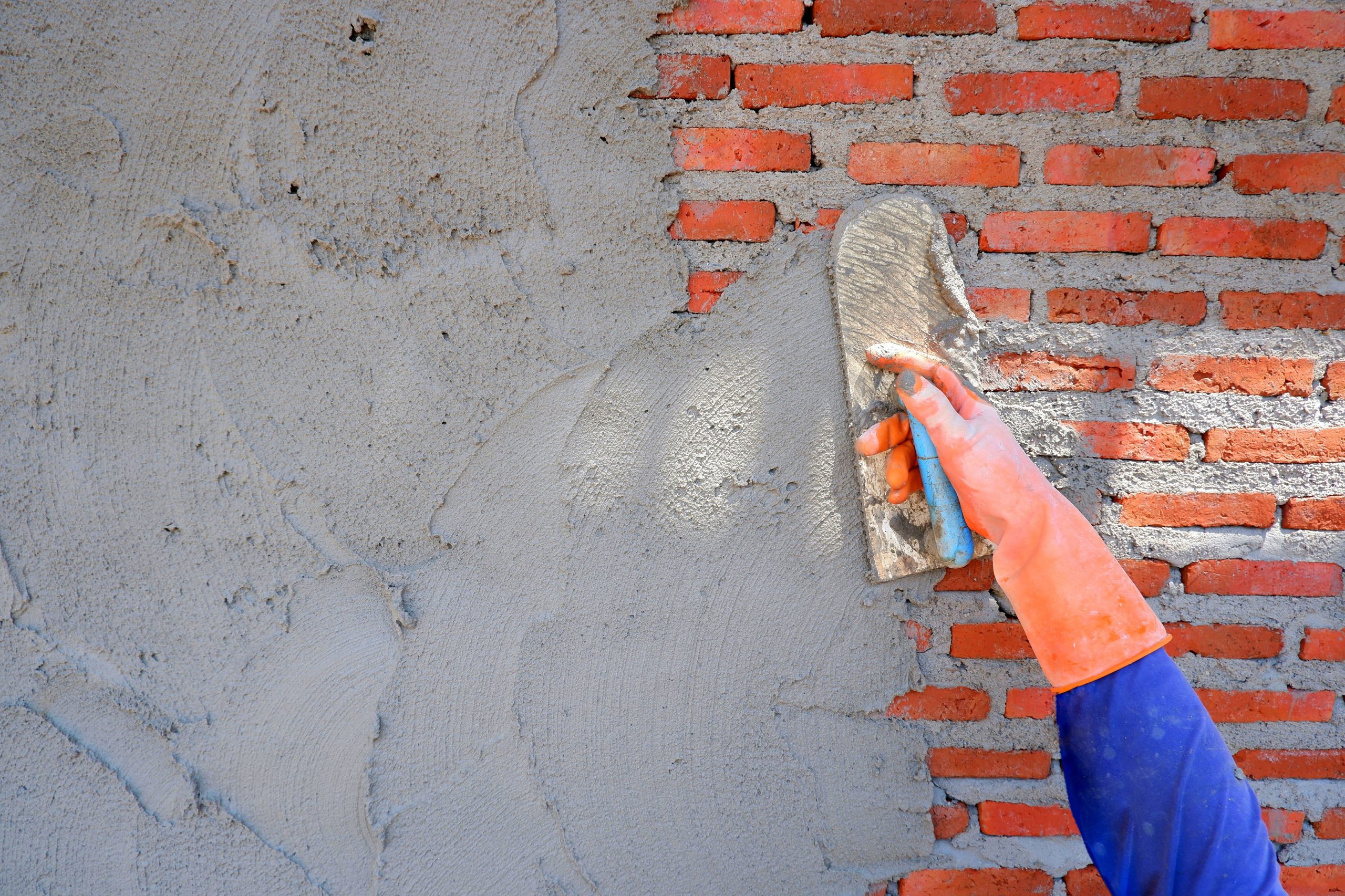Plastering Installation: Expert Services for New Construction Projects
A Comprehensive Overview to Mastering Plastering Abilities for Your Restoration Needs

Vital Devices and Products
In the world of plastering, having the right tools and products is critical to attaining a remarkable finish. Various important devices serve distinctive objectives, ensuring efficiency and accuracy throughout the plastering procedure. A high-quality trowel, for circumstances, is indispensable for smoothing and applying plaster, while a hawk provides a steady system for holding the material. A joint knife is also important for in-depth work, particularly in sides and corners.
In addition to tools, selecting the appropriate plastering materials is vital. Gypsum-based plasters are generally favored for their flexibility and simplicity of usage, while cement-based choices are ideal for exterior applications because of their sturdiness. Water and bonding representatives play considerable roles in accomplishing proper uniformity and adhesion, ensuring that the plaster sticks successfully to the surface area.
Furthermore, protective equipment such as goggles, masks, and handwear covers is essential to guard against dust and irritability during the application procedure. By setting up the appropriate mix of devices and materials, plasterers can boost their ability set and create high-grade coatings, inevitably elevating the total craftsmanship of their job.
Preparing Surface Areas for Plastering
Attaining a durable and smooth plaster finish begins with thorough prep work of the surface areas to be glued. This fundamental step is essential to guaranteeing adhesion and the longevity of the plaster. Beginning by analyzing the condition of the substratum-- whether it is concrete, drywall, or stonework-- getting rid of any kind of loosened paint, dirt, or particles that may disrupt bonding.
Following, repair any kind of imperfections such as openings or fractures. Use an ideal filler to accomplish a degree surface area; this can be essential for stopping future concerns. As soon as repaired, make certain the surface is completely dry and tidy, as dampness can jeopardize plaster adherence.
For permeable surfaces, it is advisable to use a bonding agent. This item enhances bond and produces a dependable user interface between the plaster and substrate. If collaborating with previously plastered surface areas, it may be essential to mess up or sand the area gently to supply a key for the new plaster layer.
Gluing Techniques and Tips
Grasping plastering strategies requires both ability and method to attain a remarkable surface. One essential strategy is the application of the plaster in multiple thin layers, rather than a solitary thick layer.
When using the surface layer, use a shoveling strategy that involves holding the trowel at a mild angle and operating in a circular movement. This helps to produce a smooth surface area and minimizes the look of trowel marks. Furthermore, keep a spray container of water helpful to mist the surface area lightly; this keeps the plaster practical and enables smoother completing.
Timing is vital; job effectively, as the plaster starts to set. When the plaster has firmed up yet is still moist, make use of a damp sponge to delicately smooth the surface additionally. Finally, allow adequate drying out time before sanding or paint, ensuring your tough work causes an expert, high-quality finish.
Usual Blunders to Avoid

An additional typical mistake is using plaster as well thickly. Overzealous applications can result in fracturing and extended drying out times. It's crucial to apply plaster in thin, even layers, permitting each layer to dry effectively prior to adding extra.
Furthermore, not making use of the right devices can impede the top quality of the finish. Making use of unacceptable trowels or mixers can develop incongruities in the gluing procedure. Constantly choose for high-quality devices developed for smudging tasks.
Finally, many people ignore the importance of timing. Operating in Homepage inappropriate temperature levels or humidity degrees can adversely impact plaster treating and drying out. It is recommended to inspect climate condition and adapt your schedule accordingly.
Ending Up Touches for a Professional Look
The final phases of a smudging project are essential for accomplishing a refined, expert look. When the plaster has actually dried sufficiently, the next action is to evaluate the surface area for blemishes.
After fining sand, it's recommended to cleanse the surface area to eliminate any dust and debris. A wet cloth works for this purpose, adhered to by a thorough drying out duration. If required, applying a slim layer of completing plaster can improve the surface further, giving a seamless coating.
As soon as the completing plaster is completely dry, an additional round of fining sand might be needed you can try this out to achieve the preferred smoothness. Ultimately, take into consideration using a guide before paint or wallpapering, which will boost adhesion and durability.
Verdict
Understanding smudging skills significantly improves the high quality of restoration projects. A detailed understanding of essential tools, surface area prep work, and effective techniques is critical for attaining professional results. Awareness of usual blunders permits the avoidance of pricey errors, while interest to finishing touches ensures a sleek look. Inevitably, the integration of these elements adds to the development of smooth, long lasting surface areas that elevate the visual value of any kind of space, highlighting the relevance of proficient plastering in home enhancement ventures.
Water and bonding agents play significant roles in achieving appropriate uniformity and adhesion, guaranteeing that the plaster sticks properly to the surface area. Plastering.


Additionally, maintain a spray container of water convenient to more helpful hints mist the surface area gently; this maintains the plaster practical and permits for smoother ending up. (Plastering)
If needed, using a slim layer of completing plaster can boost the surface even more, offering a seamless surface.